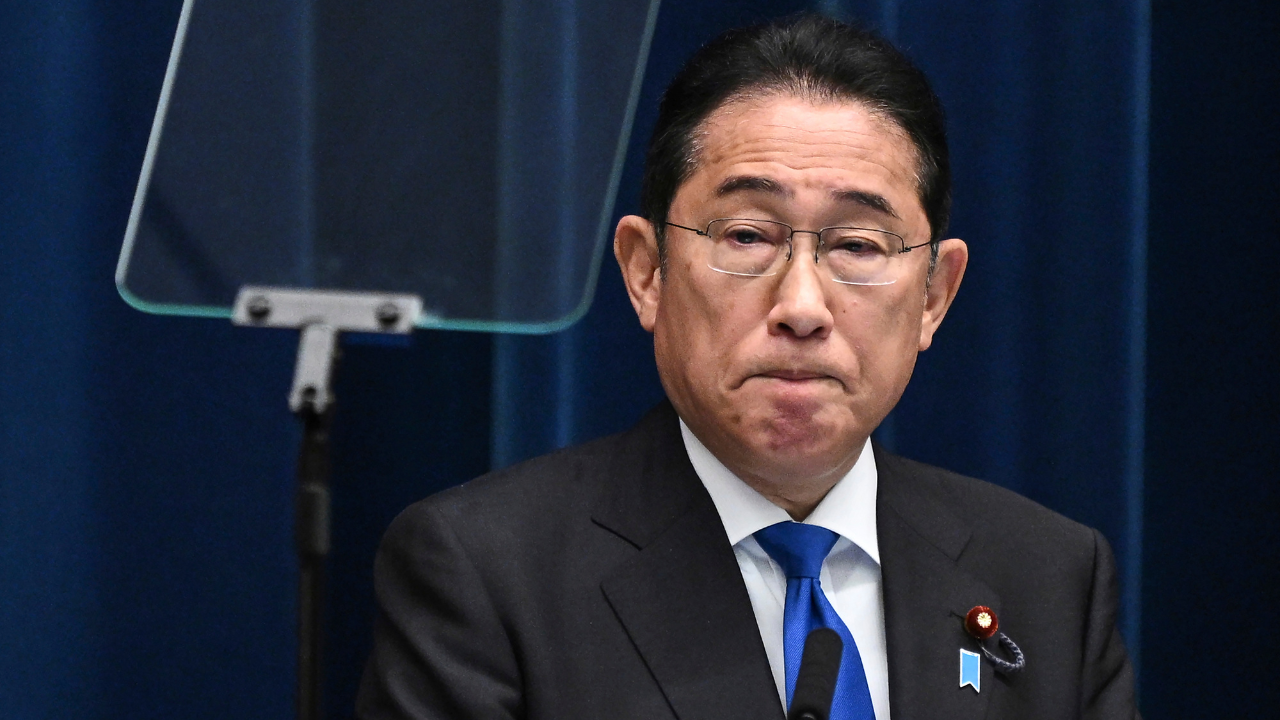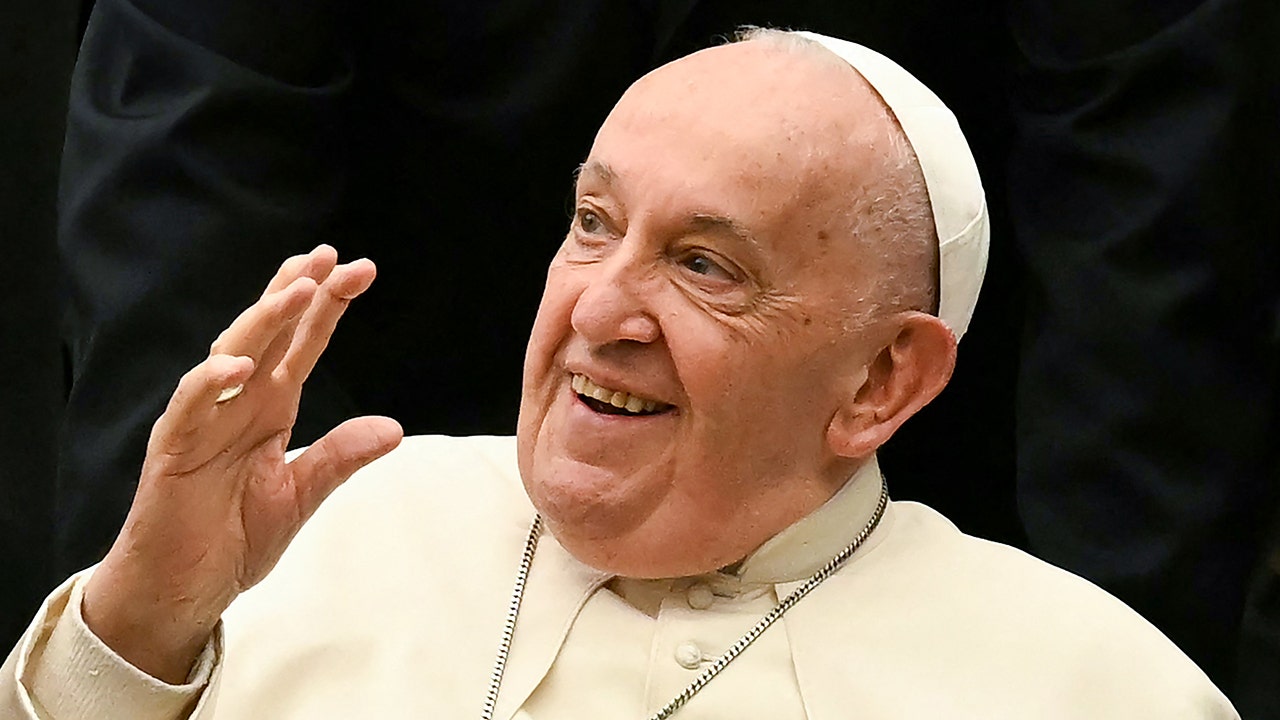The criteria were rigorous. The data analytics were advanced. The metrics were sophisticated, and the hiring methods cutting-edge. Most important, as U.S. Soccer set out on its global search for a new men’s national team coach last year, it had at its disposal the one thing every successful soccer team needs: a multifaceted evaluation mechanism.
That was not all. There was much more corporate jargon to come. Matt Crocker, U.S. Soccer’s technical director, had worked out that there were 22 elements to coaching a single soccer team — including driving “player off-camp engagement” and supporting “squad auditing” — as well as eight “core competencies.”
This list, too, was exhaustive. Any candidate for the head coaching position had to possess a “vision-led identity” — making the whole thing sound a bit like a help-wanted plea for an optician — in addition to being a creative developer and a passionate innovator, which we should stress are absolutely not the same thing.
Crocker must have felt as if he and his staff had ticked every box, covered every base, when the search concluded with the previous incumbent, Gregg Berhalter, being replaced by himself. With the benefit of hindsight, sadly, there should have been a ninth core competency for the coach of the U.S. men’s national team is: Don’t lose to Panama.
It has been that sort of week for U.S. Soccer. On Monday, a few days after that harrowing loss to Panama, Berhalter’s team fell to Uruguay, eliminating it from a Copa América on home soil at the group stage. It’s a particularly troubling humiliation, given that the country will host the World Cup in two years.
The reaction has been, well, predictable. The players are filled with regret, and sorrow, and just a little self-loathing. The fans are bubbling with fury. That U.S. Soccer’s response was to promise yet another thorough review has done little to quell the mounting dissatisfaction: As far as most fans are concerned, the only viable outcome is an obvious one.
“It is time to make a change in the head coaching position,” read a statement this week from the American Outlaws, the “largest U.S. Soccer supporter group.” (It was good of them to put that bit in corporate speak, U.S. Soccer’s native language.)
This is not, it has to be said, exactly an outlandish demand. Berhalter performed at somewhere around par at his first World Cup, guiding a young American side through a reasonably exacting group before falling, in the round of 16, to the Netherlands. But what is effectively his second spell in charge has been dispiriting to say the least.
Though his team won the Nations League earlier this year, it did so on the back of defeat in the semifinals of the 2023 Gold Cup — again to Panama, which is proving to be its nemesis — and a comprehensive loss to Colombia in a friendly match. A dismaying showing at Copa América was many things, but it was not really a surprise.
Nor does Berhalter have the excuse, as he did in 2022, that he has a young side. The United States’ key players are all in their mid-20s, and are now approaching what should be their prime.
And while there is an argument to be made that the cost of playing soccer in the United States is prohibitive for many families, limiting the country’s talent pool, it is not one that really applies here.
Only three members of Berhalter’s Copa América squad play in Major League Soccer. He had six representatives from the Premier League and four from Italy’s Serie A at his disposal, as well as others who play in Spain, France, Belgium and the Netherlands.
The United States may not have quite as much truly world-class talent as it might, like to think, but that does need to be inhibitive. Venezuela and Panama have both made the Copa quarterfinals. Slovakia, Slovenia, Georgia and Austria all made the round of 16 at Euro 2024. Switzerland is in last eight. Their playing resources are not significantly deeper, or higher quality, than those available to the United States.
The fact that their results have been so much better does — unfortunately — cast the harsh light of scrutiny onto the coach. It is hard not to argue that Berhalter has failed to make the most of what he does have available. And that, ultimately, is the job of an international coach.
As tempting as it is to mock U.S. Soccer’s tendency toward the tortured language of management consultants, to dismiss its belief that the best parallel for the complexities of elite sports can be found in the world of Wall Street and Silicon Valley, to sneer at the distinct air of LinkedIn that swirls around the organization, it should be noted that Crocker is smart, adroit and well regarded.
His work at Southampton and the English Football Association — also a place that has historically loved a “root-and-branch” review — was impressive. He has enough experience to know that knee-jerk decisions rarely lead to happy outcomes. There is a nonzero chance that the phrase “react in haste, repent at leisure” is scoured into his soul.
And yet it is difficult not to wonder whether, at some point, everyone involved in U.S. Soccer has lost sight of what a national team manager actually needs to do. Not just the organization, with its PowerPoint presentations, its personality profiles and its “abstract reasoning testing,” but the staff, the players and even the fans, too.
Berhalter has frequently spoken about his job, as coach, as being to “change the way the world sees American soccer.” It is a message that has clearly burrowed into the brains of his players.
“We want to change the way that the world sees American soccer, to be honest, that’s one of our goals,” Christian Pulisic said a couple of years ago.
“We set out on a mission four years ago to change the way the world views American soccer,” his teammate Weston McKennie said last year. “And now our motto is to change soccer in America forever.”
There was an echo of that idea in the statement produced by the American Outlaws, too. “Every game isn’t just about the result,” it wrote. “It’s an opportunity to capture America’s attention, and build an everlasting bond between new fans and the team. It’s an opportunity to compel new fans to put on the game and lasting fans to share the team with others.”
This is an admirable, if quixotic, sentiment. Soccer is already rooted in the American sporting landscape. Millions of people play it. Millions of people watch it. There is a strong, resilient, well-attended domestic league. American players are dotted throughout Europe. The women’s team was, for a long time, the best in the world.
Soccer has had America’s attention for some time. True, the rest of the world may not pay a vast amount of attention, but that is hardly rare. Other than the Premier League, no domestic tournament really compels the attention of a foreign audience. Fans in Italy are not hungrily consuming the latest from the German Bundesliga. Soccer is characteristically parochial, and all the better for it.
More immediately, though, this belief that the United States is not playing to win games but hearts and minds piles undue pressure on the players. It creates an urgency, a will to panic, among fans that need not exist. And, crucially, it has clearly come to contort the way the game’s authorities think.
In Crocker’s hiring process, the one that led to the reinstatement of Berhalter, he dismissed focusing on the “next game, the next result” as the sort of small-time thinking indicative of a “legacy coach.” Driven by the unquenchable desire to grow the game, U.S. Soccer had decided it needed the opposite of that, a big-picture guy, a stage-four galaxy brain.
And that is all well and good, right up to the point when a defeat to Panama means elimination on home soil, and the specter of impending humiliation — and the spurning of the biggest opportunity of all — sits just over the horizon.
U.S. Soccer’s job is to think about tomorrow, to consider where the game goes, to have a vision-led identity. It is the coach’s job to take McKennie, Pulisic, Gio Reyna and all of the others, and turn them into a team that can win a few games in 2026, maybe make a quarterfinal. There are not eight core competencies for a national team coach. There is one, and it is really, really obvious.
Now Euro 2024 Gets Good. Hopefully.
Euro 2024 has not — until this point — been what might be described as a classic. There have of course been moments. There are always moments. Mert Gunok’s jaw-dropping save to preserve Turkey’s win against Austria. Georgia’s thrilling, emotional victory over Portugal. Hungary’s ultimately pointless triumph over Scotland. Ruben Vargas’s artful, curling strike to send Switzerland to the quarterfinals. Jude Bellingham’s acrobatic salvo to spare English blushes.
But the tournament as a whole feels as if it has been scrabbling around, just a little, for momentum. This may well be structural. The group stage was, necessarily, a slow burn: starting with 24 teams but eliminating only eight tends to concentrate the drama in the last round of games.
It also has a knock-on effect in the round of 16, where there were too many fixtures with an obvious favorite: Switzerland against Italy and Austria against Turkey being the only exceptions. As a rule, the rest of the games took the form of a spirited underdog trying by tooth and claw to hold back the tide, ultimately without success.
There is, though, good news for the next two weeks: a mouthwatering quarterfinal lineup. France’s meeting with Portugal will not, judging by this tournament, be especially dynamic, but there is a compelling tension in a meeting of two teams with realistic ambitions of winning the tournament.
Spain has been the tournament’s most impressive outfit thus far; its opponent, Germany, has home-field advantage and a gathering purpose.
But, just as Turkey’s game with Austria was the most intriguing of the last round, its encounter with the Netherlands may well be the pick of this particular bunch.
Tradition dictates that the Dutch, even without their entire first-choice midfield, should be the favorite. Turkey, though, is all energy and drive and mayhem, and has two of the best players of the tournament in Arda Guler and Ferdi Kadioglu.
The Euros have been flickers and sparks, so far. This should be the point where they catch light.






